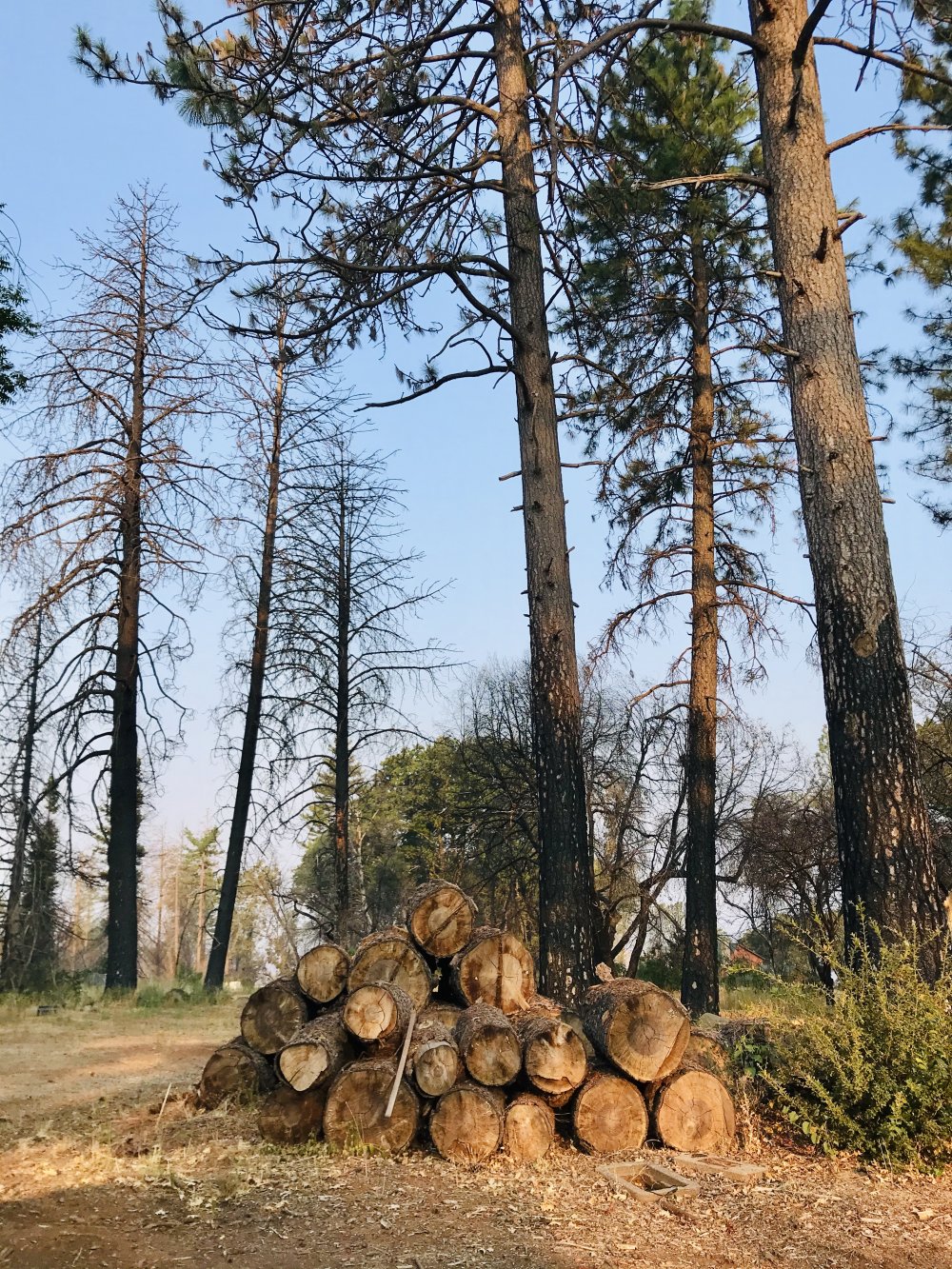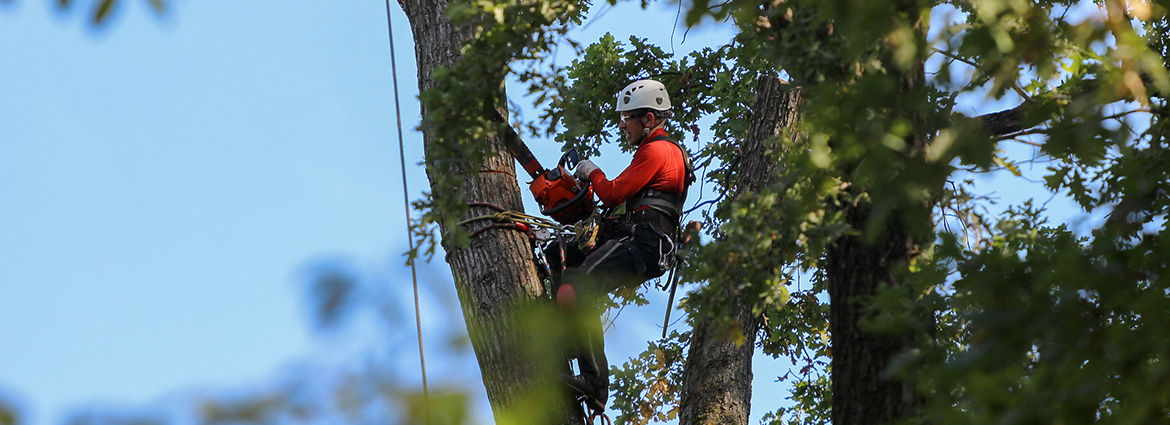All Categories
Featured
The removal of trees can produce open areas that are at risk to weed intrusion. When trees are existing, their thick canopies frequently shade the ground, limiting the quantity of sunlight that reaches the dirt. After the removal of trees, these open areas obtain boosted sunlight, giving optimal conditions for weed growth.

They might advise the usage of mulch, which acts as a protective obstacle on the soil surface, avoiding weed seeds from sprouting and reducing weed growth.

The visibility of trees promotes a rich and diverse neighborhood of soil germs. Tree roots provide a source of raw material, exudates, and nutrients that support the growth and activity of valuable soil microorganisms. When trees are gotten rid of, the absence of their roots can disrupt the fragile equilibrium of the soil's microbial ecosystem.
What Is The Best Tree Loppers Wollongong Service In My Area?
This change in pH can impact nutrition schedule, microbial task, and general soil health. To deal with the impacts of tree cutting on soil pH, tree elimination experts can provide valuable suggestions. They might suggest dirt testing to analyze the existing pH levels and identify the essential changes. Based upon the outcomes, specialists can suggest pH change techniques, such as adding lime to increase dirt pH or incorporating important sulfur to lower it.

It describes the compression of dirt particles, resulting in reduced pore room and enhanced soil density. This compaction can negatively influence the soil's capacity to function efficiently, impacting its water-holding capacity, nutrient availability, and root infiltration. Proper techniques used by tree removal specialists can assist minimize compaction and preserve the dirt's ability to retain water, and enable ample air flow and cautious tools handling.
Latest Posts
Is It Worth Paying For Wollongong City Council Tree Removal?
What Is The Best Wollongong City Council Tree Removal Service?
What Is The Best Palm Tree Removal Wollongong Product?